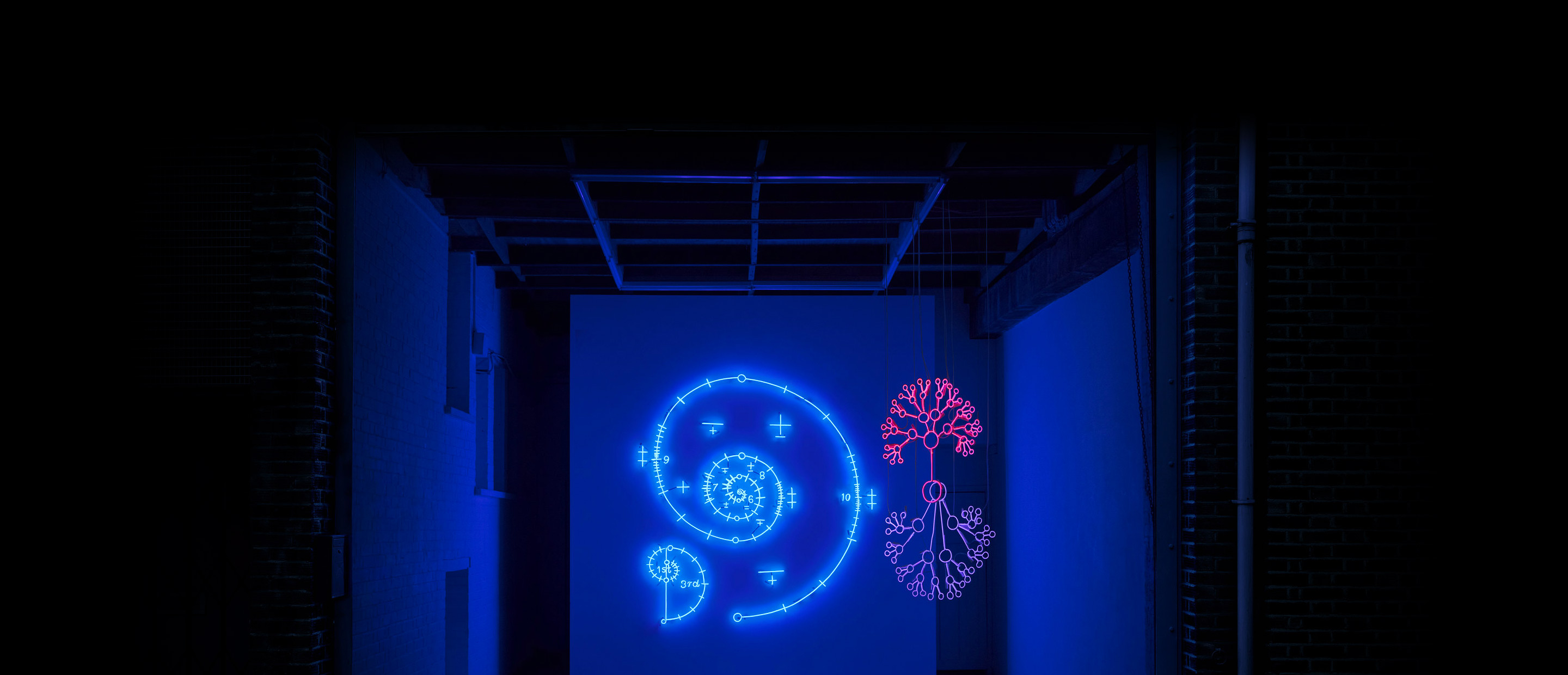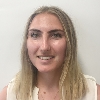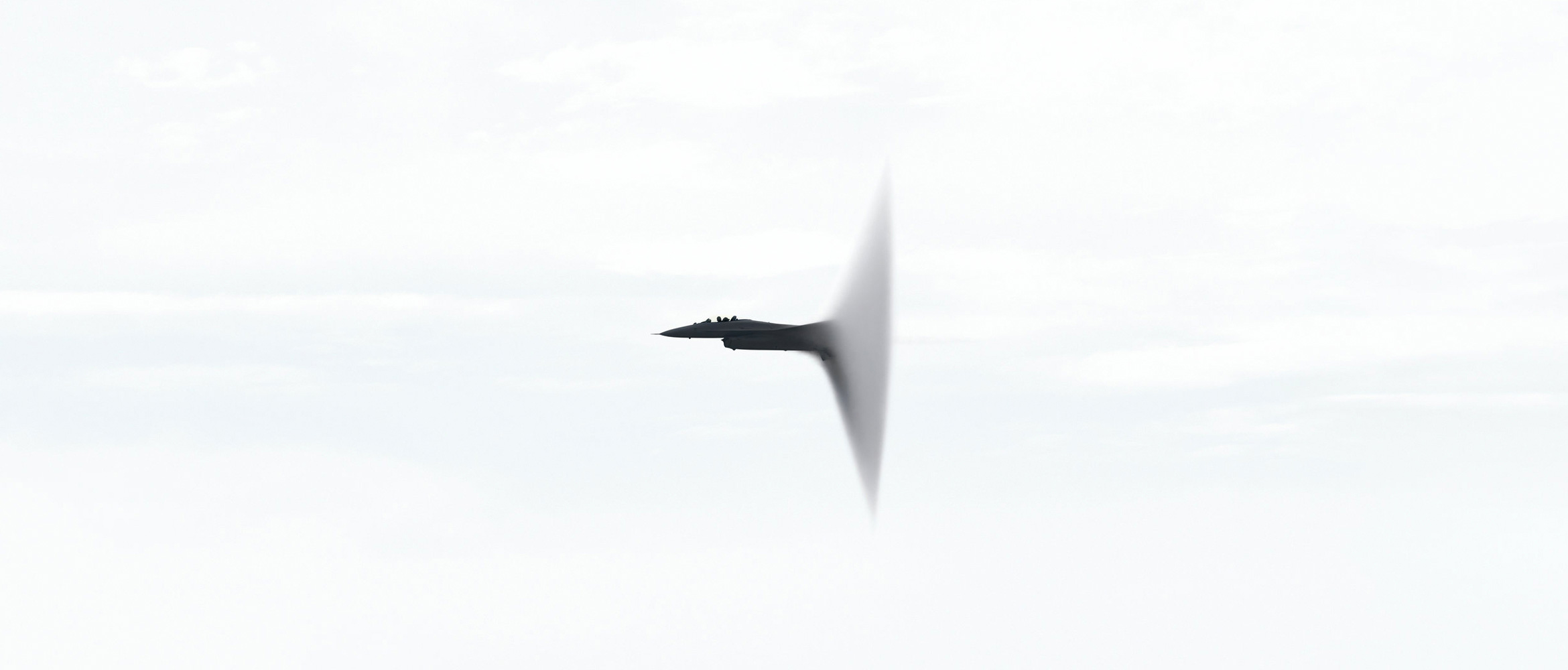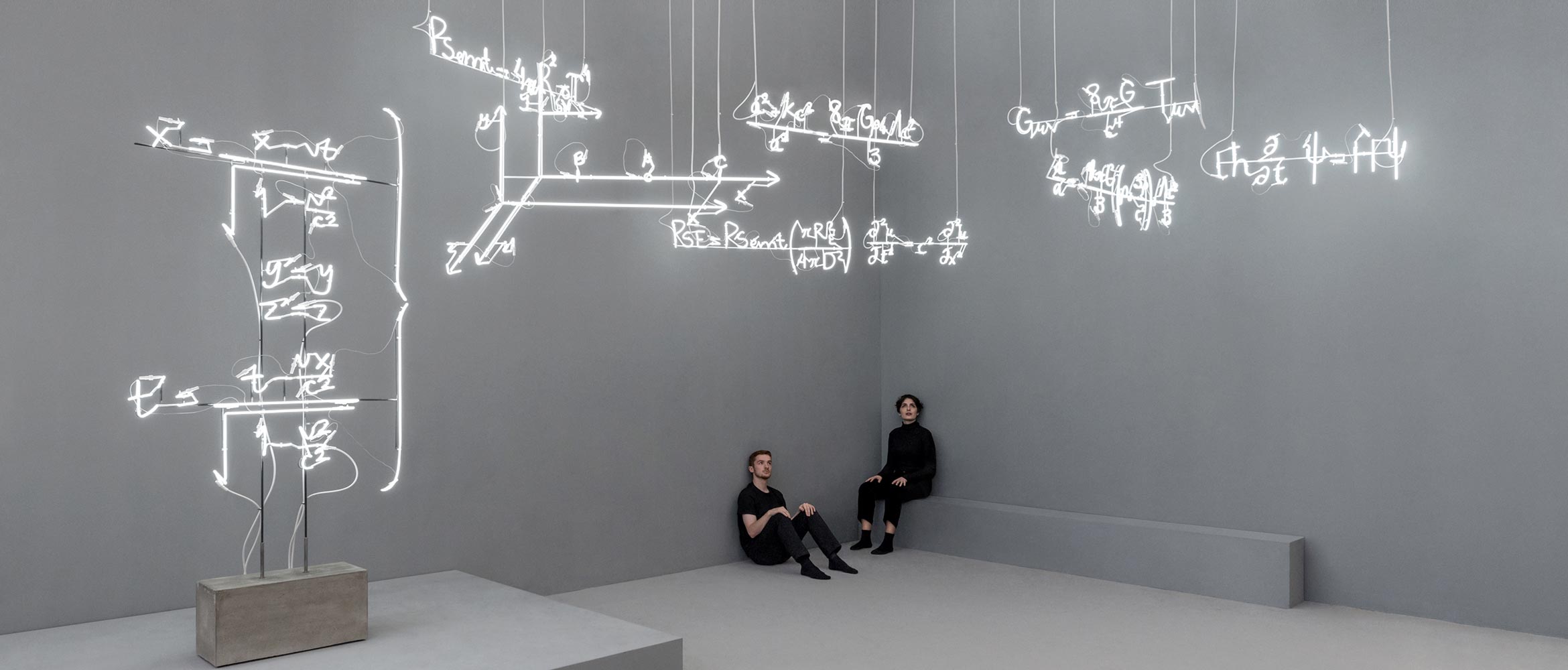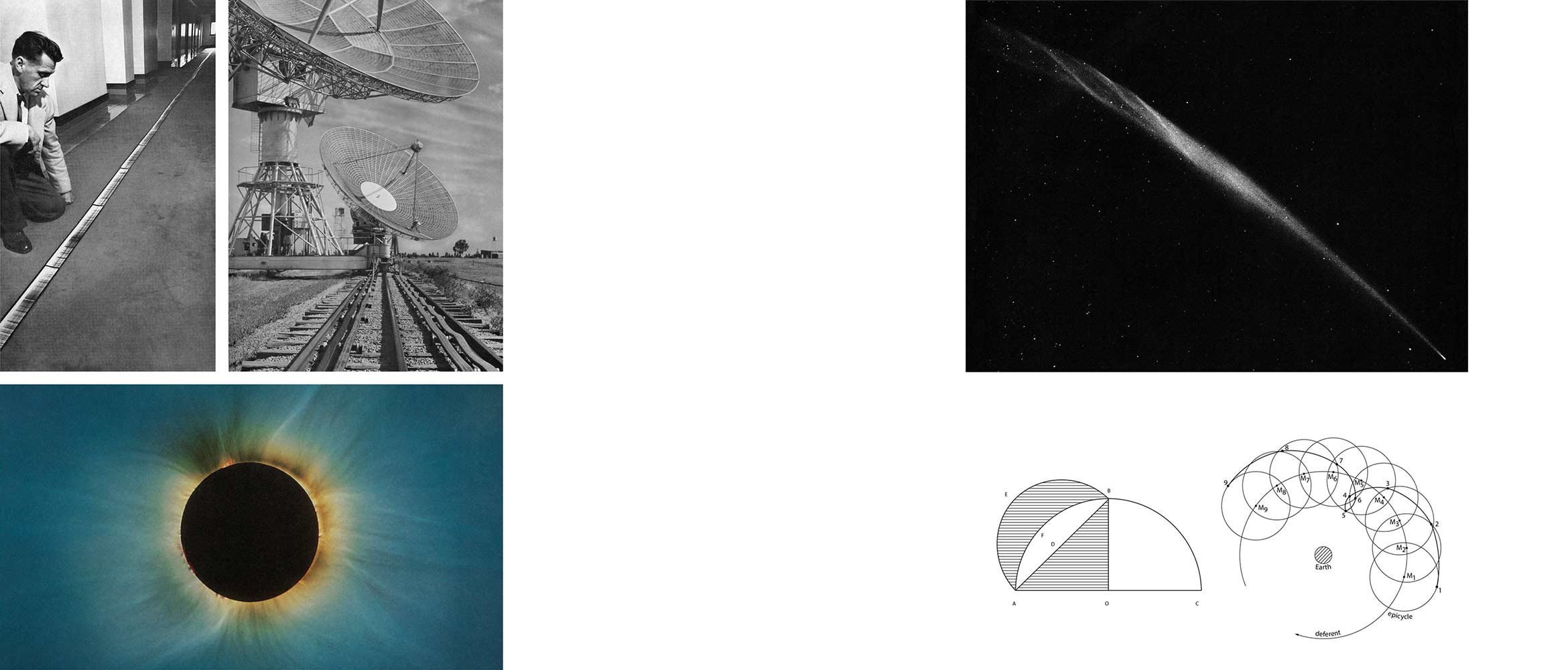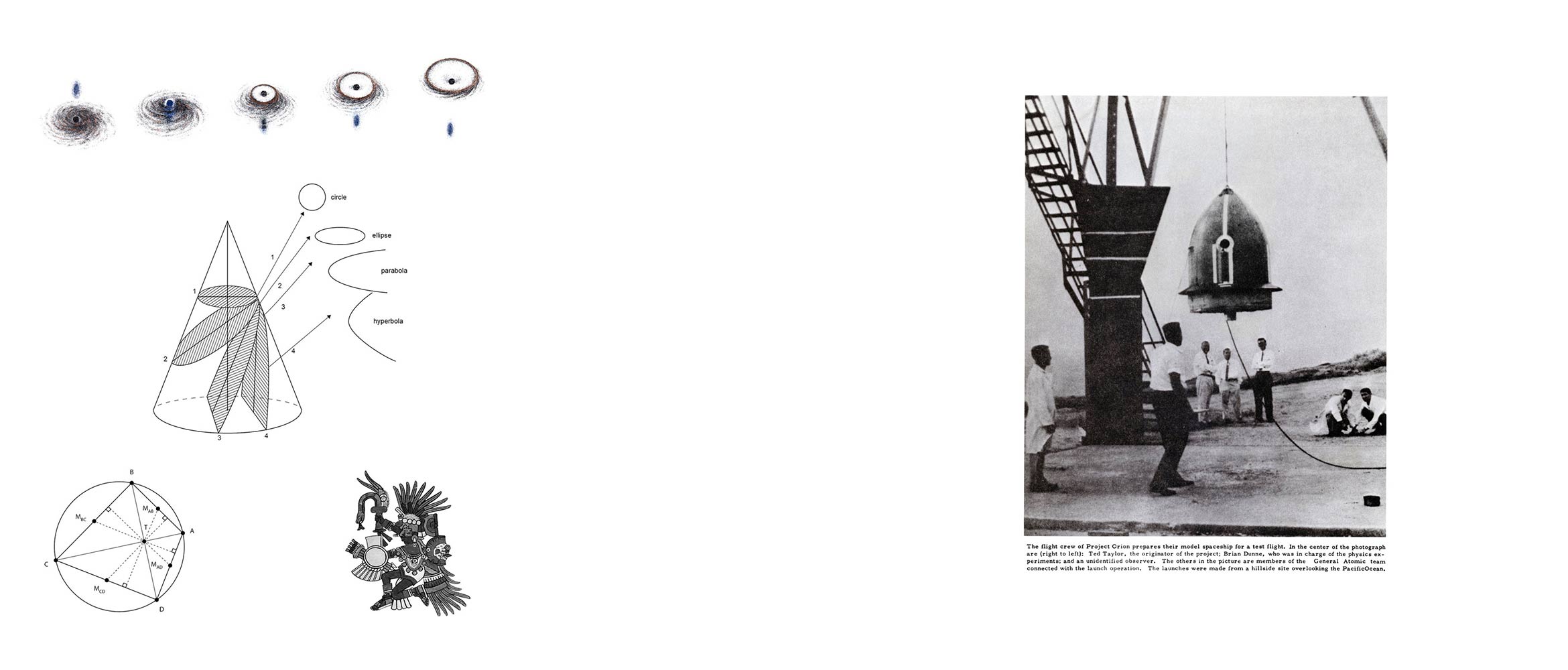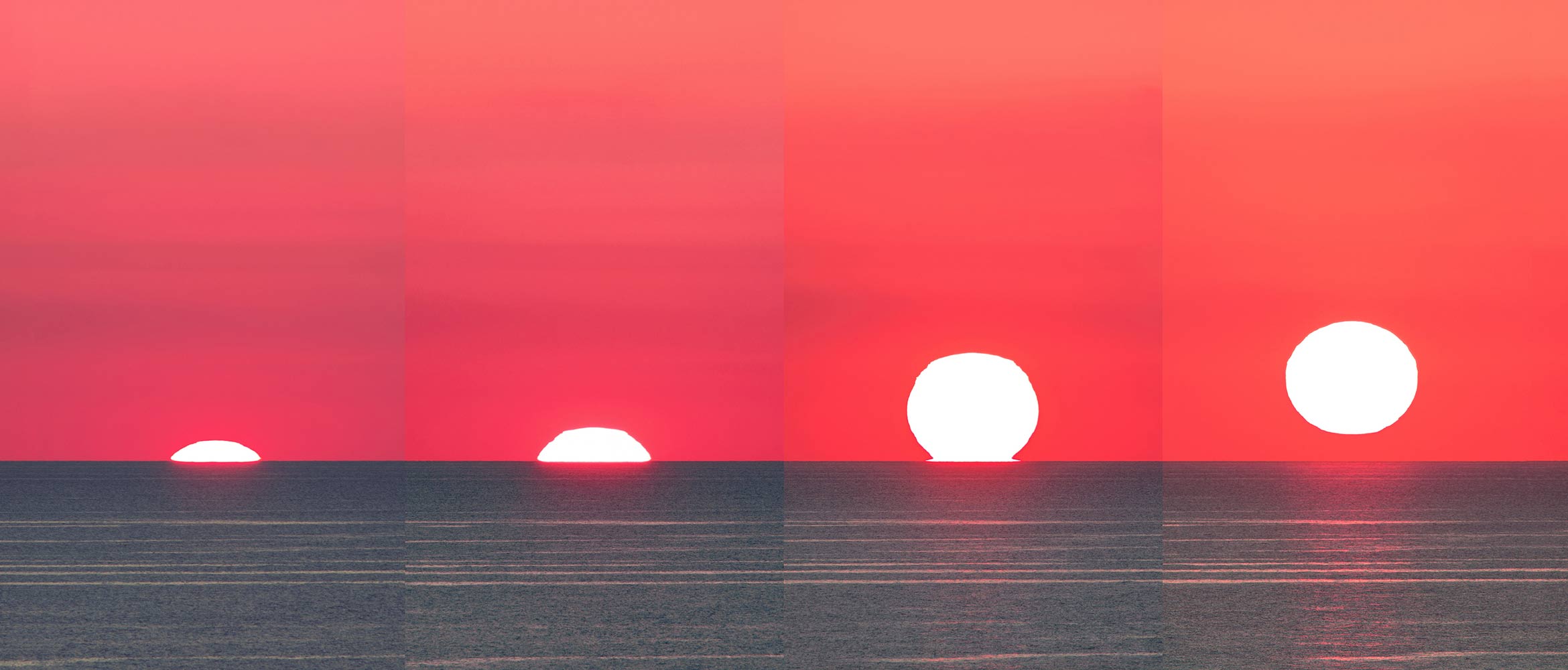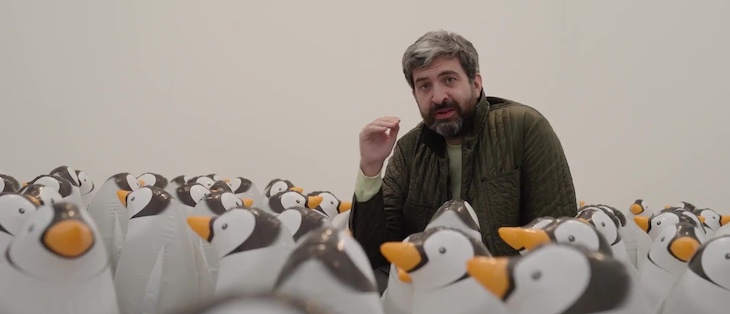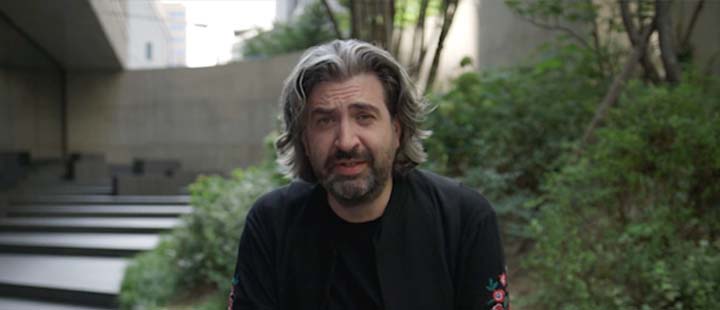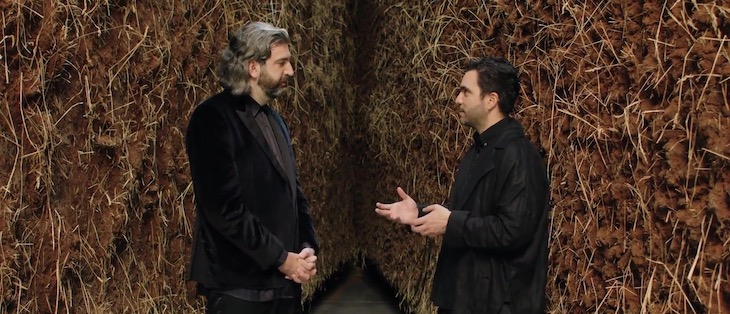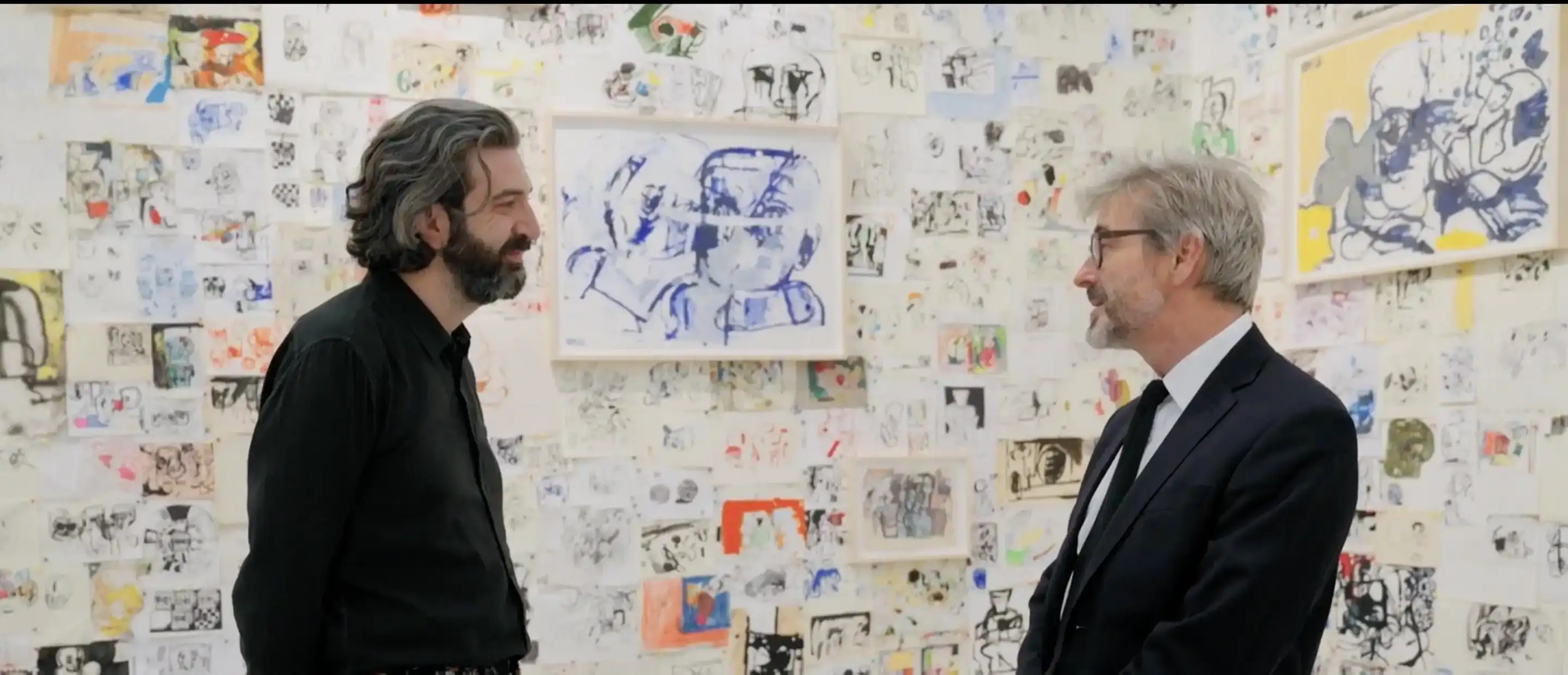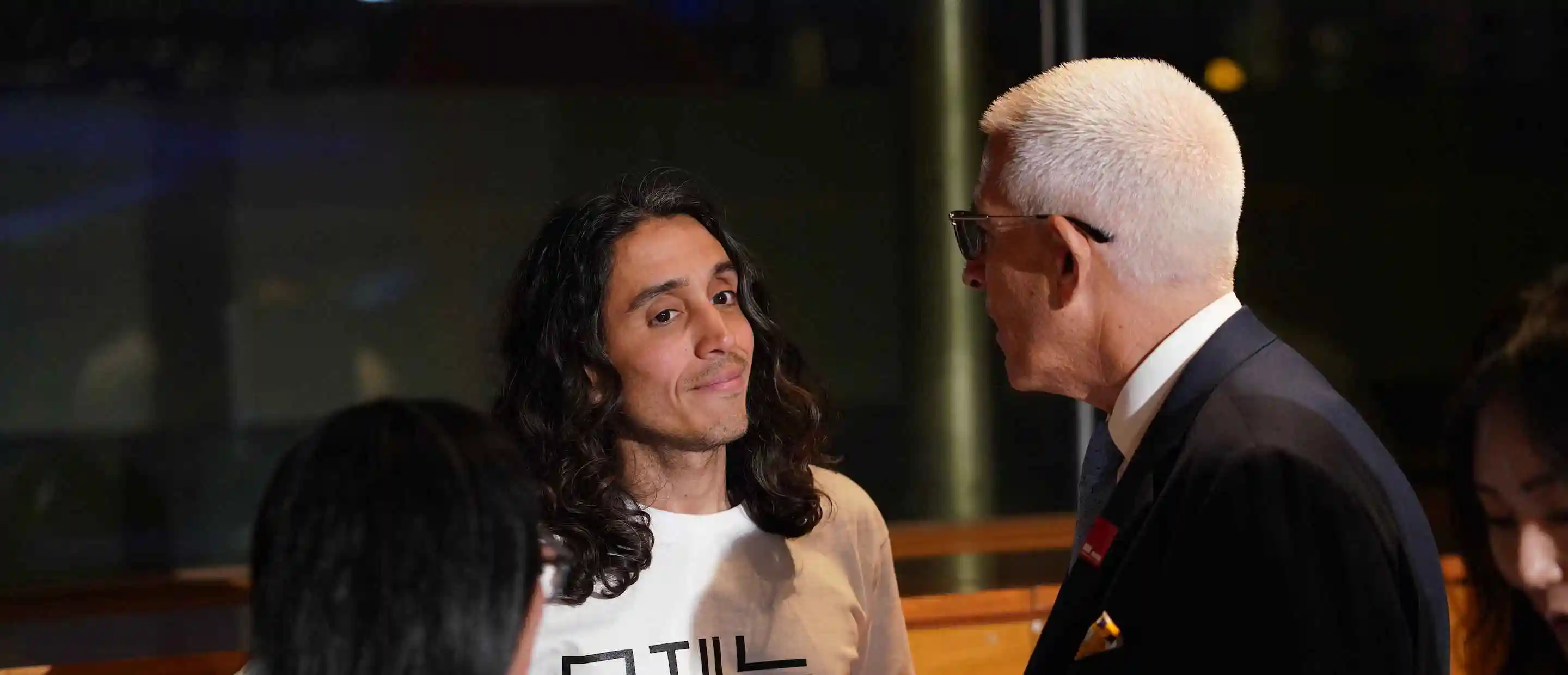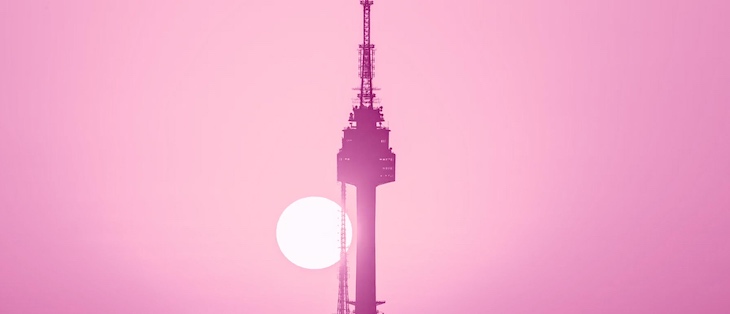Artist Andrea Galvani discusses the scientific methodology that inspires him, and introduces us to his most recent publication that documents over a decade of his work.
Breaking boundaries is the norm for Galvani, who flew parallel to military jets as they crossed the sound barrier and captured this event in a sublime series of photographs, part of the Deutsche Bank Collection and presented in the Deutsche Bank Wealth Management Lounge at Frieze New York 2017. The precise planning, research and science that went into this project, as it does with all of Galvani’s projects, is a trademark of his practice. The relationship between art and science that has inspired his life’s work is evident in his new monograph, which shifts between artist's book, scientific journal, and encyclopedia (available here).
Galvani – who splits his time between New York, Mexico City, and wherever else his work takes him around the world – has had a jam-packed schedule over the last few years. So what drives Galvani to continue to take on new challenges? “The only way to extend a limit is to cross it,” he says.
Suzie Bliss: You’ve recently published your first monograph, launched internationally in September this year. It’s a substantial publication that looks back over a decade of your work. Was there a particular reason for creating the book now?
Andrea Galvani: The impetus for the book was actually my first mid-career retrospective in Europe at the Mart Museum in Italy: Andrea Galvani Selected Works 2006 | 2016. We were originally thinking to have a publication to accompany the show, but as I started gathering material I realized it transcended the scope of an exhibition catalog. Looking through journals, notes, research, and work compiled over more than 10 years of my career, there was so much that I wanted to share with the public – this other dimension to my practice that no one had ever really seen. I wanted people to see the skeleton, the invisible and internal architecture that structures my work and allows it to come into being. Although I had a clear vision of what I wanted the monograph to be, I also knew that it would take shape in a special way on its own through the process. It was constantly transforming and evolving, and I had to let that happen naturally and organically over time. I collaborated with an amazing team at Mousse Publishing, brainstorming and testing a lot. It was an intense journey that took us 15 months to shape into reality. We came up with the idea to present a portrait that has multiple personalities: it’s simultaneously an artist’s book, scientific journal, and historical encyclopedia. The result is a monograph that contains not only the past and present of my work, but also the future, the prospective of my projects. Revisiting concepts allows new ideas to emerge – I begin to see things from my past differently. In this sense, the book has been very fertile and generative.
SB: Looking back to your early projects, would you advise your younger self to do anything differently?
AG: To be honest, not much has really changed in terms of my approach to my work. It’s true that my circumstances are different: I moved to the United States, opened studios in both New York and Mexico City; I operate internationally, travel a lot, and I have more resources available to me. My practice has become progressively more involved with the scientific community, I have more people around, and I’m definitely busier. But at the core, it’s always been about the same pioneering vision, obsession, curiosity, and passion. I’ve always trusted my instinct, my nomadic nature, which has kept me true to myself. I think that’s the most important thing for an artist, or anyone, really.
SB: In an ambitious solo presentation, Deutsche Bank showed your work in our lounge at Frieze New York 2017 – can you tell us a bit more about this exhibition?
AG: The show at the Deutsche Bank Wealth Management Lounge was thought to be a survey of my multidisciplinary practice, including photography, video, drawing, sculpture, and neon installations. Together with Mary Findlay [International Curator in Deutsche Bank’s Art, Culture & Sports division], who brilliantly curated the show, we wanted to present a generous introduction to my work, my commitment to research, science, technology, and collective action. I’m really pleased with how it turned out. It was amazing to collaborate with the Deutsche Bank team and receive their support to explore the central concepts that substantiate my practice. Generally speaking, the context at art fairs isn’t necessarily conducive for latitude and depth, but Deutsche Bank offered a really special platform. I enjoyed meeting such an engaged public and presenting my work in the city I call home.
The underlying and recurring “live material” used for the show was energy in all forms – its spectacular and sometimes violent mutations. I’m fascinated by these natural forces that, most of the time, are invisible. The show was an excavation into the intangibility of phenomena that physically surround us, an attempt to illuminate how energy can be trapped, distorted, folded and transformed: from nuclear fusion to the speed of sound, from the electromagnetic field to the shape of a supermassive black hole.
SB: You recently also had a solo exhibition at The RYDER Projects in London. Can you explain the idea behind the show, and its intriguing title The Universal One?
AG: The Universal One is a site-specific installation designed as an experiential environment. Constituted by monumental neon sculptures realized in cobalt blue, lilac, and pink hand-blown Murano glass, the idea was to create an immersion of light. Color becomes a material entity in a space that people can fully enter and inhabit. The exhibition was named after the eponymous publication written by Walter Russell in 1927, describing his unique cosmogony that all things are the same, the only difference is vibration.
Another essential element in The Universal One is performance. I collaborated with vocalists and performers to interact with the architecture, the artwork, and the public. At certain times during the exhibition, live voices produce a chorus that migrates throughout the space, transforming it into a soundscape. Collective rhythms and individual inflections emanate through a choreography of movements that advances and recedes, undulating like waves. The work becomes alive – there’s something ritual about the performance. Since time immemorial, cultures around the world have used vocal sounds to connect with the divine through chants, mantras, calls to prayer, psalms or hymns. The neon sculptures illustrate cycles of integration and disintegration of matter – connected with the divine in the sense that they are attempts to describe and explain forces that create and destroy, structure and mobilize the Universe.
SB: At Frieze London in October 2018, you presented another successful new project in the Focus Section – a site-specific architectural installation of mathematical equations written in white neon. What was your inspiration?
AG: This project, named Instruments for Inquiring into the Wind and the Shaking Earth (2018) after the first seismograph invented by Chinese polymath Zhang Heng in 132 CE, was conceived as an illuminated cloud of numbers – calculations that serve as building blocks in our understanding and quantification of the invisible forces that govern reality. It was originally developed for the inaugural edition of Art Basel Cities at Revolver Galería in Buenos Aires, and later reconfigured for my solo presentation with them at Frieze Art Fair as you mentioned. The public was immersed in a labyrinth of numbers, navigating through a constellation of white blown glass and metal structures suspended from the ceiling like the canopy of a jungle. It was designed to hang above our heads, occupying the space of thought. The installation embodies the state of formation, objects in transition before they become real to us. It plays with themes of enlightenment, power, abstraction, and materialization. It’s an homage to human knowledge, a monument to theories and attempts to transform and master the unknown.
SB: Drawing on the deep relationship between art and science, building such rich, conceptual research like you do isn’t that common in the contemporary art world. What brought you to evolve this multidisciplinary approach that marks your practice?
AG: We all have our own individual ways of perceiving and navigating the world that is informed by how we identify ourselves, our backgrounds. I believe that working across disciplines allows us to extend beyond ourselves, to increase our capacity for knowledge and understanding, and to empathize on a human level. Art, like physics and math – also medicine, engineering, and other fascinating areas of investigation – can serve as a bridge to amplify and evolve our perspective, a platform that connects us to others and to ourselves. Its inherent subjectivities invite us to inquire about what we think we know, challenge us to consider alternatives, to see things differently, to experience pleasure or discomfort but to open something inside of us.
SB: What plans do you have for 2019?
AG: The past four or so years have been exponentially intense and full. I’ve been working and traveling non-stop, which is exciting and energizing for me. I find a lot of inspiration in the process. Every exhibition gives birth to a new body of work, and orients my next research. Many projects were born this way: through a cycle, through acceleration; but some projects require a different pace – they take longer to gestate so they need stillness and time. You need to sit alone with them, walk miles with them, sleep with them.
2019 is already taking shape with some really interesting shows around the world, starting with solo presentations at Zona Maco in Mexico City and ARCO Madrid, both in February. I’m also looking forward to a three-month residency in Peru that starts in March. It’ll be an important moment for me to take some time to metabolize and process everything I’ve been rapidly absorbing. To start testing and experimenting again. I have so much in my mind that I cannot wait to explore, so you’ll have to stay tuned…
For further information about Andrea Galvani and his work, please visit andreagalvani.com.
Suzie Bliss is an editor in the Global Content Team at Deutsche Bank Wealth Management.
